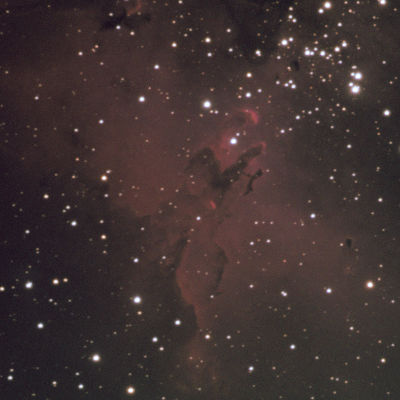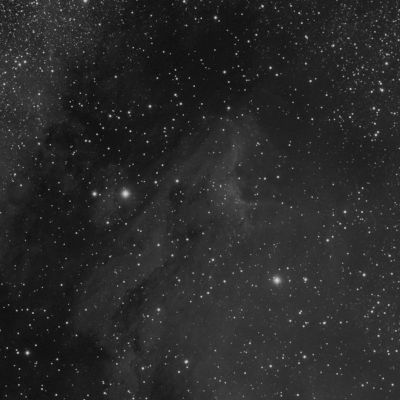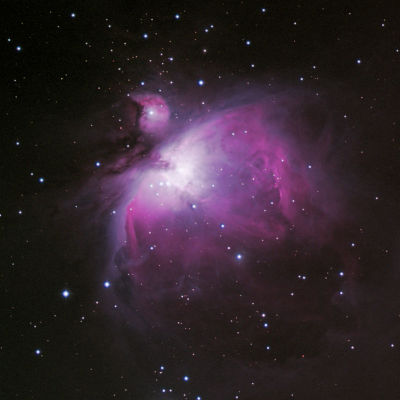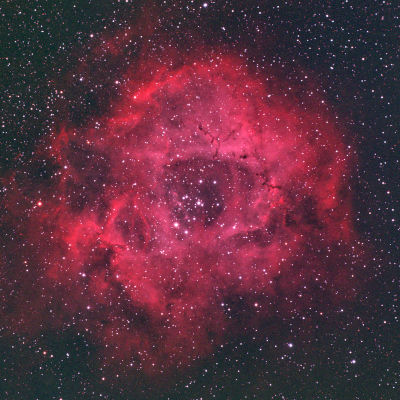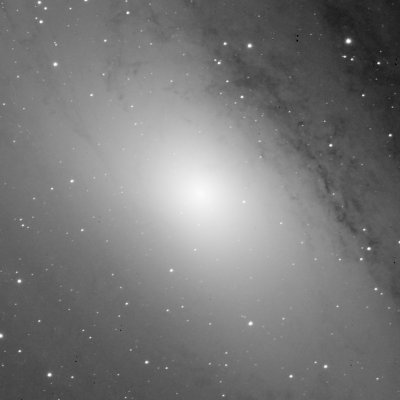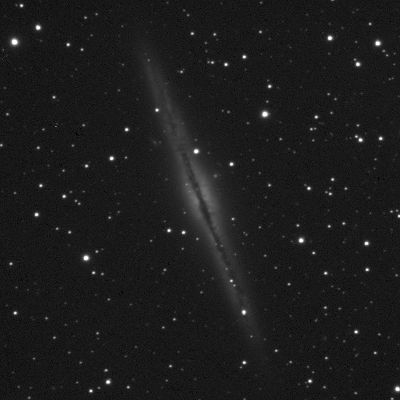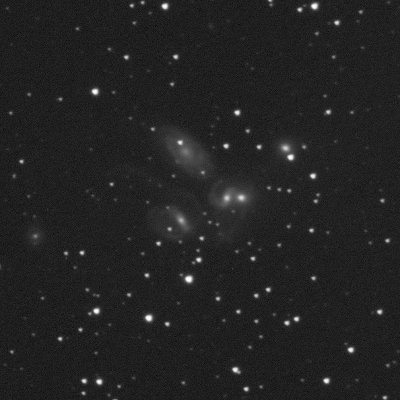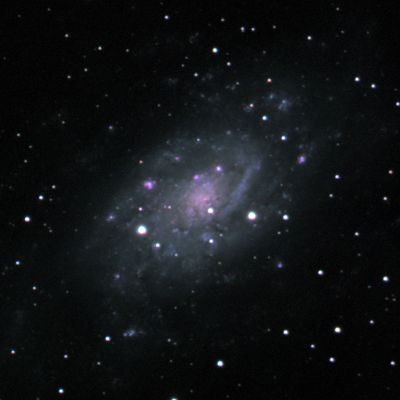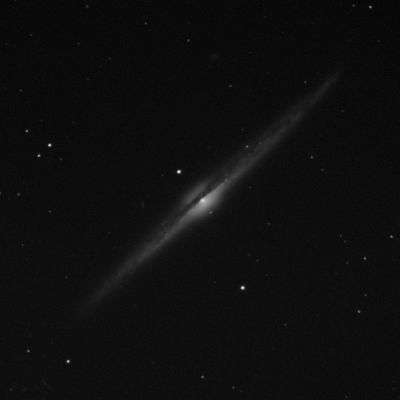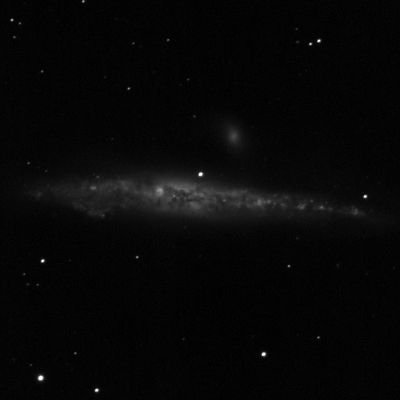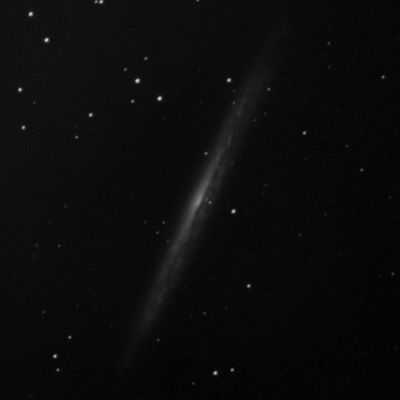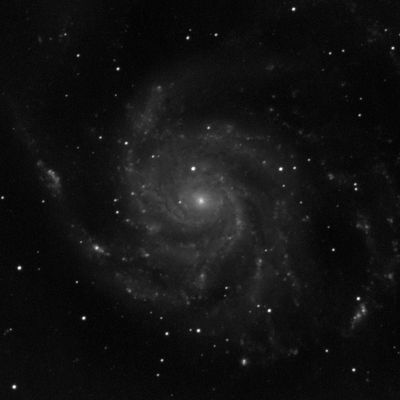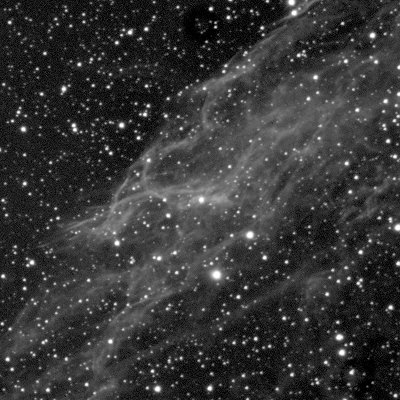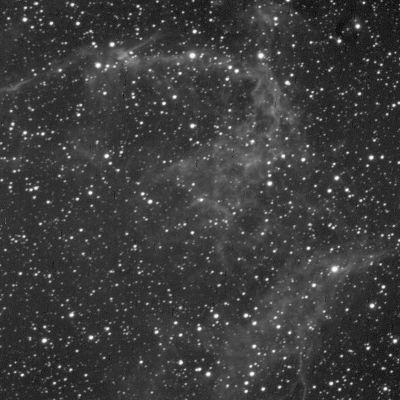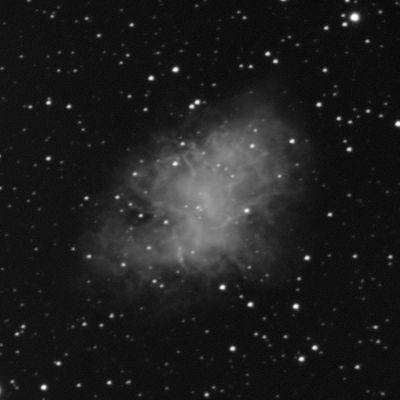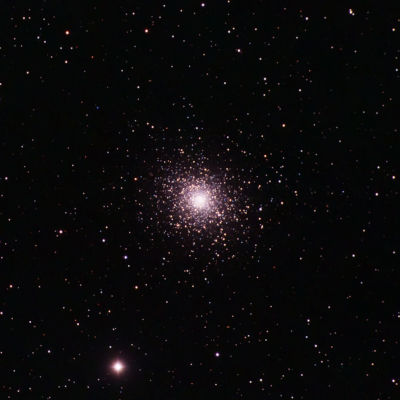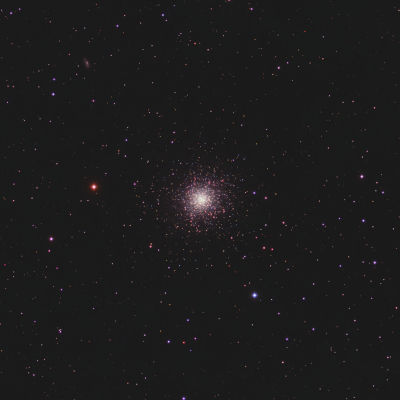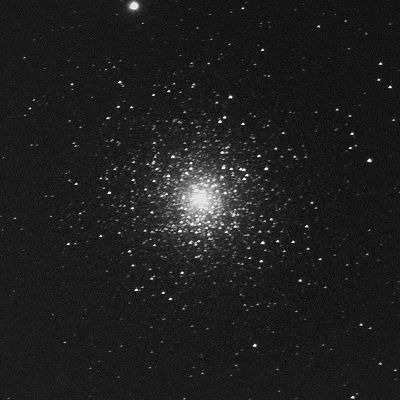Pretty Pictures
The best I can come up with, anyway. Some are pretty good, while others are interesting for other reasons.
Nebulae
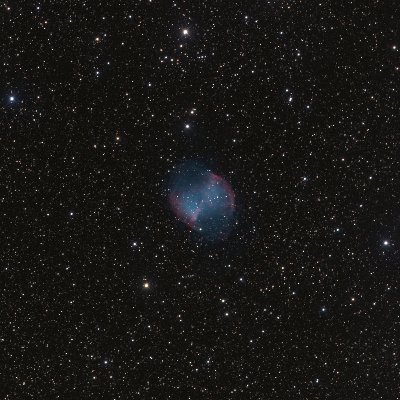
M27 is a planetary nebula located 1300 light years away in the constellation Vulpecula, and gets its name from its two-lobed appearance. It is easy to find with a small telescope or binoculars.
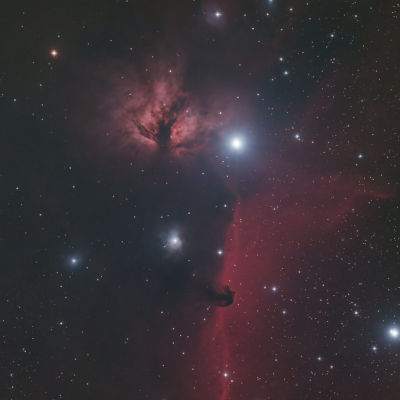
Located at the eastern end of Orion's belt is an area containing several treats. The Flame, Horsehead and IC434.
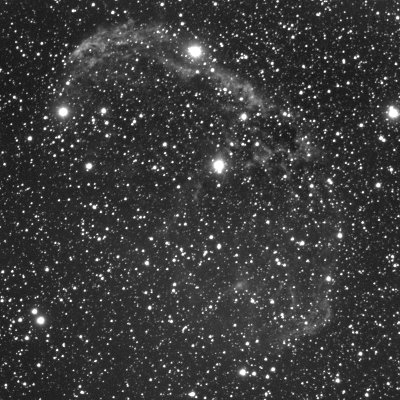
NGC 6888 is a gaseous nebula in Cygnus. Also known as the Crescent Nebula, it is formed by the intense solar wind of the central star colliding with the shell of gas put off when the star went through its red giant phase.
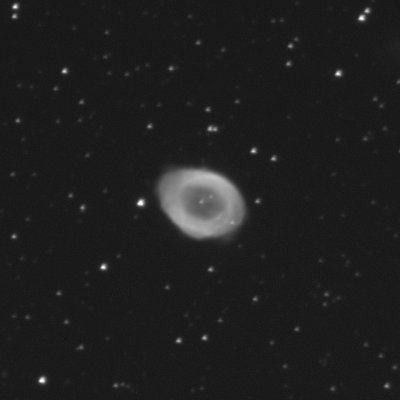
The Ring Nebula is a planetary nebula. It was formed when the outer layers of the central star were expelled during the final stages of evolution. The central "void" is very sparse helium, the inner side of the ring is hydrogen and oxygen, and the outer side is sulfur and nitrogen, according to NASA's Hubble data.
Galaxies
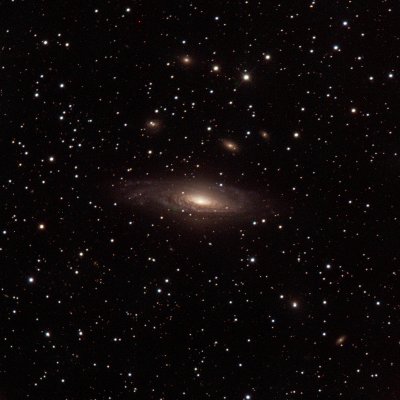
NGC 7331 in the constellation Pegasus is a Milky Way-like galaxy some 40 million light years distant, with several visual companions which lie about 300 million light years beyond. NGC 7331 is unusual in that the central bulge rotates the opposite direction from the disk.
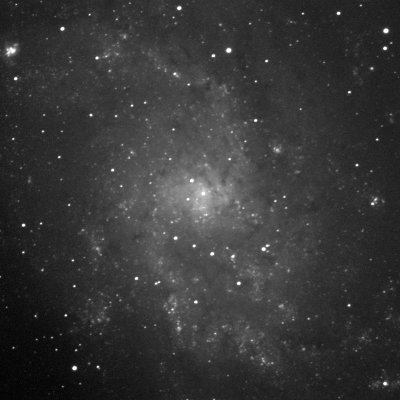
M33 is a galaxy in Triangulum. It is the smallest spiral galaxy in the Local Group, and may be a satellite of M31, the Andromeda Galaxy. It is one of the farthest "permanent" objects that can be seen with the naked eye.
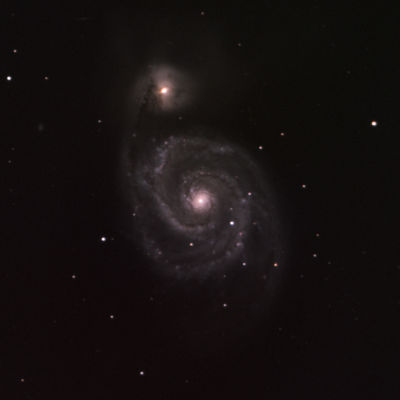
The Whirlpool Galaxy, M51, is actually a pair of interacting galaxies in Canes Venatici. It is found just a little bit south of the tip of the handle of the Big Dipper. It was the first galaxy whose spiral structure was observed by Lord Rosse.
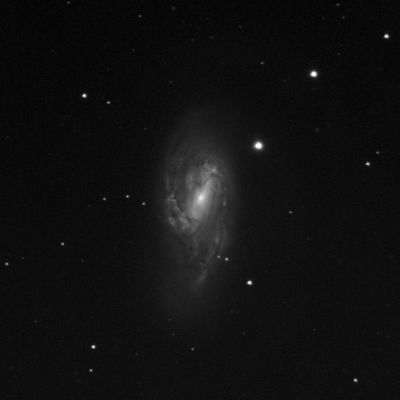
M66 is a galaxy in Leo, and a member of the Leo Triplet. It is 31 million light-years away. It is disturbed by a past encounter with NGC3628.
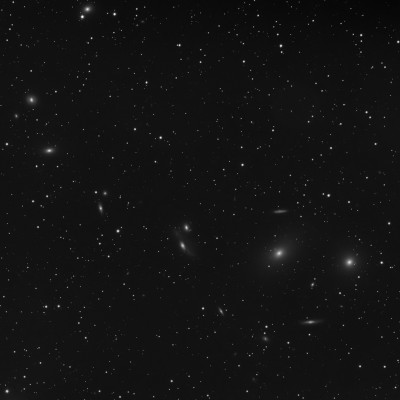
The Markarian Chain is a string of galaxies in Virgo that are all moving the same general direction.
Supernova Remnants
Star Clusters
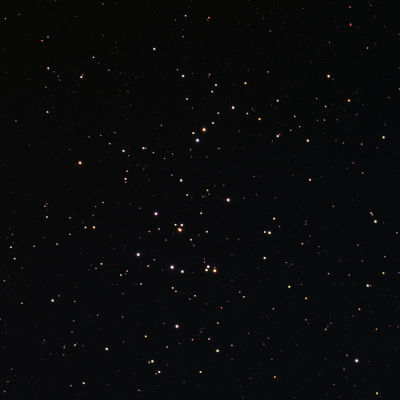
M44, or the Beehive Cluster, is located in Cancer and is visible to the naked eye under dark skies. It is one of the closest open clusters to us.
